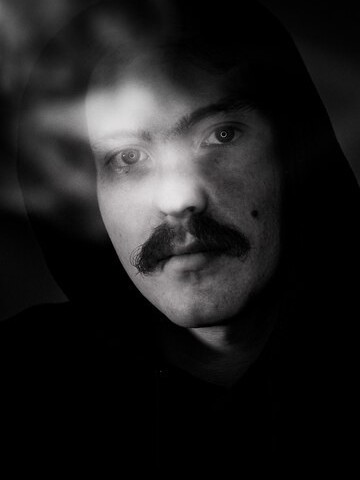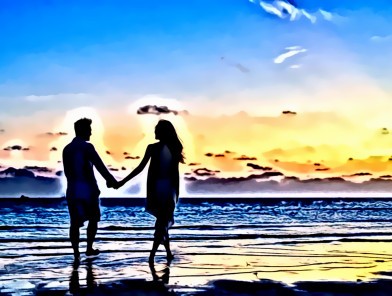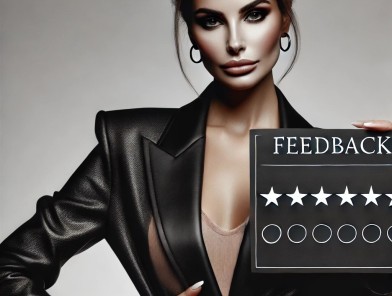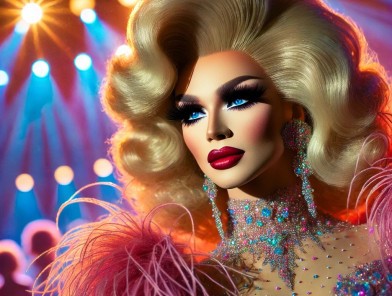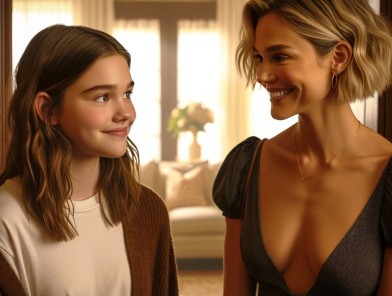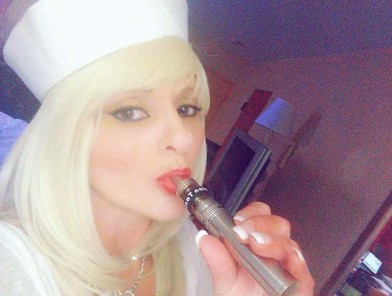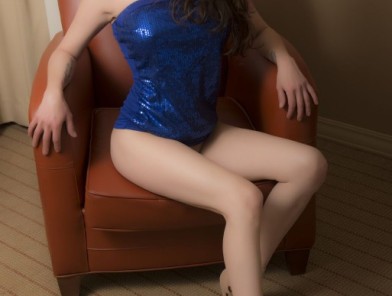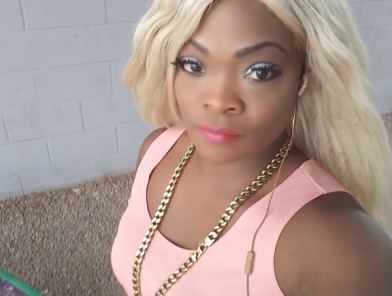The Fine Line Between Creation and Confession
There’s something hauntingly beautiful about living in a world where fantasy is both your art and your occupation. For many adult content creators, what begins as an expression of sensuality can quickly evolve into a delicate balancing act between personal truth and professional illusion. Every photo, every scene, every whispered line becomes more than content it becomes a confession, a carefully framed glimpse into desire.
But where does the creation end and the creator begin? When fantasy becomes routine, and passion becomes part of a production schedule, even the most confident soul can begin to feel the quiet ache of separation from their own emotions. You share so much of yourself with the world that you start to wonder what remains untouched, what still belongs only to you.
This is not about shame or regret. It’s about rediscovering the essence of why you create to connect, to express, to explore. It’s about remembering that your sensuality is not a product; it’s a pulse.
The Mirage of Constant Desire
Desire sells. It always has. But for the modern content creator, desire is not just something to feel it’s something to schedule, to market, to monetize. It becomes a brand identity, a rhythm that must be maintained. The world expects you to always be ready, always glowing, always giving.
And yet, no human heart beats to the rhythm of an algorithm. There are days when your body wants silence instead of spotlight, when your mind needs stillness instead of stimulation. The danger lies in ignoring that need, in believing that desire must be performed to be valid.
The truth is simpler and more sacred: desire doesn’t disappear when the camera is off it just becomes quieter, more private, more real. The body remembers how to feel long before it remembers how to pose.
Living Between Two Realities
There’s the person your audience sees confident, radiant, endlessly in control and then there’s the one who wakes up early in the morning, hair messy, thoughts scattered, craving a touch that isn’t transactional.
For many creators, this duality is not a weakness but a survival instinct. You learn to navigate two realities: the one you create for your audience and the one you nurture for yourself. But when the boundary between the two starts to blur, when your digital persona starts to demand more attention than your real emotions, that’s when the imbalance begins.
The key is not to destroy one for the other, but to let them coexist. The performer and the person are not enemies they are partners in creation. You can be sensual on screen and still seek tenderness in private. You can love your art and still need love beyond it.
The Weight of Visibility
Being seen is powerful but being seen constantly can be exhausting. The gaze of an audience can feel intoxicating at first, like warmth on bare skin. Over time, though, it can start to burn. Every comment, every message, every expectation adds weight to your identity until you start performing even when no one’s watching.
You become hyper-aware of your movements, your expressions, your boundaries. You begin to filter even your private thoughts through the lens of how they might appear on screen. And that’s when you realize that visibility comes with a cost one that’s paid not in money, but in mental space and emotional energy.
It’s okay to step away. It’s okay to be unseen for a while. In a world that celebrates exposure, privacy becomes an act of rebellion.
Reclaiming the Body as Art, Not Object
The adult industry has always been a paradox it celebrates the body yet often commodifies it. But for many creators, especially those who approach their work with intention, the act of creating can become a form of reclamation.
Your body becomes a tool of storytelling, a language of expression. The lens becomes not a weapon of objectification, but a brush that paints emotion. You begin to realize that what you’re doing is not just showing yourself it’s telling yourself that you are free.
Freedom in this context is complex. It’s not about showing everything it’s about choosing what to show. It’s about owning the narrative, controlling the frame, and understanding that art created from authenticity carries more power than art created from expectation.
The Emotional Labor Behind the Camera
People rarely talk about the emotional weight of constant creation. It’s not just physical work it’s emotional choreography. You give energy, attention, empathy, and often vulnerability. You respond to messages, nurture parasocial connections, manage relationships that are half-real and half-digital.
Over time, this labor can drain even the most passionate creator. It can make pleasure feel mechanical, and creativity feel heavy. But the solution is rarely to quit it’s to breathe. To remember that your content doesn’t have to be born from constant intensity. Sometimes it can grow from softness, curiosity, and even silence.
The more you nurture your emotional landscape, the more authentic your art becomes. True desire isn’t performed it’s felt.
Creating For Connection, Not Consumption
The healthiest creators understand that their work is not just about being desired it’s about creating desire that connects. The difference between consumption and connection is subtle but profound. Consumption ends with satisfaction; connection begins with understanding.
When your work starts from a place of truth, it resonates deeper. It stops being just something people watch it becomes something people feel. And that’s what makes the adult space beautiful when done with intention: it can heal shame, spark curiosity, and teach acceptance.
Your content has the potential to change how people see intimacy, how they see themselves. But to create that, you must stay grounded in your own reality.
When Love Enters the Frame
Loving while creating adult content is a test of trust for you and for anyone who shares your world. Love, unlike desire, cannot be edited or curated. It’s messy, unpredictable, full of contradictions. It doesn’t always fit within the boundaries of your professional life.
But love can coexist with your art. The person who truly sees you won’t confuse your work with your worth. They’ll understand that the person behind the screen deserves tenderness that isn’t performed, affection that isn’t monetized.
Love, when it’s real, reminds you who you are beyond the performance. It grounds you. It makes your art more human.
Restoring the Sacred Balance
Every creator eventually learns that balance isn’t something you find once it’s something you practice daily. It’s a rhythm of giving and receiving, of exposure and retreat. It’s in the moments you choose to log off, the times you create something that no one else will see, the nights you let desire exist just for you.
In those quiet moments, you remember that fantasy and reality were never meant to compete they were meant to dance. One feeds the other. Fantasy gives you the courage to explore; reality gives you the reason to return.
The more you allow both to coexist, the more whole you become.
The Return To Self
At the end of the day, when the lights dim and the notifications fade, you return to yourself the one who existed before the content, before the followers, before the expectations. That person deserves to be known, to be touched, to be loved without the lens.
The journey of balancing content creation with real-life desire isn’t about escaping your work it’s about rediscovering yourself through it. It’s about understanding that the art you make is only as alive as the person behind it.
When fantasy meets reality, there is no clear border. There is only you breathing, creating, feeling, and learning to love both the performer and the human equally.
That balance isn’t something you achieve once; it’s something you live every day. And in that living, you become something far more powerful than a creator. You become real.
